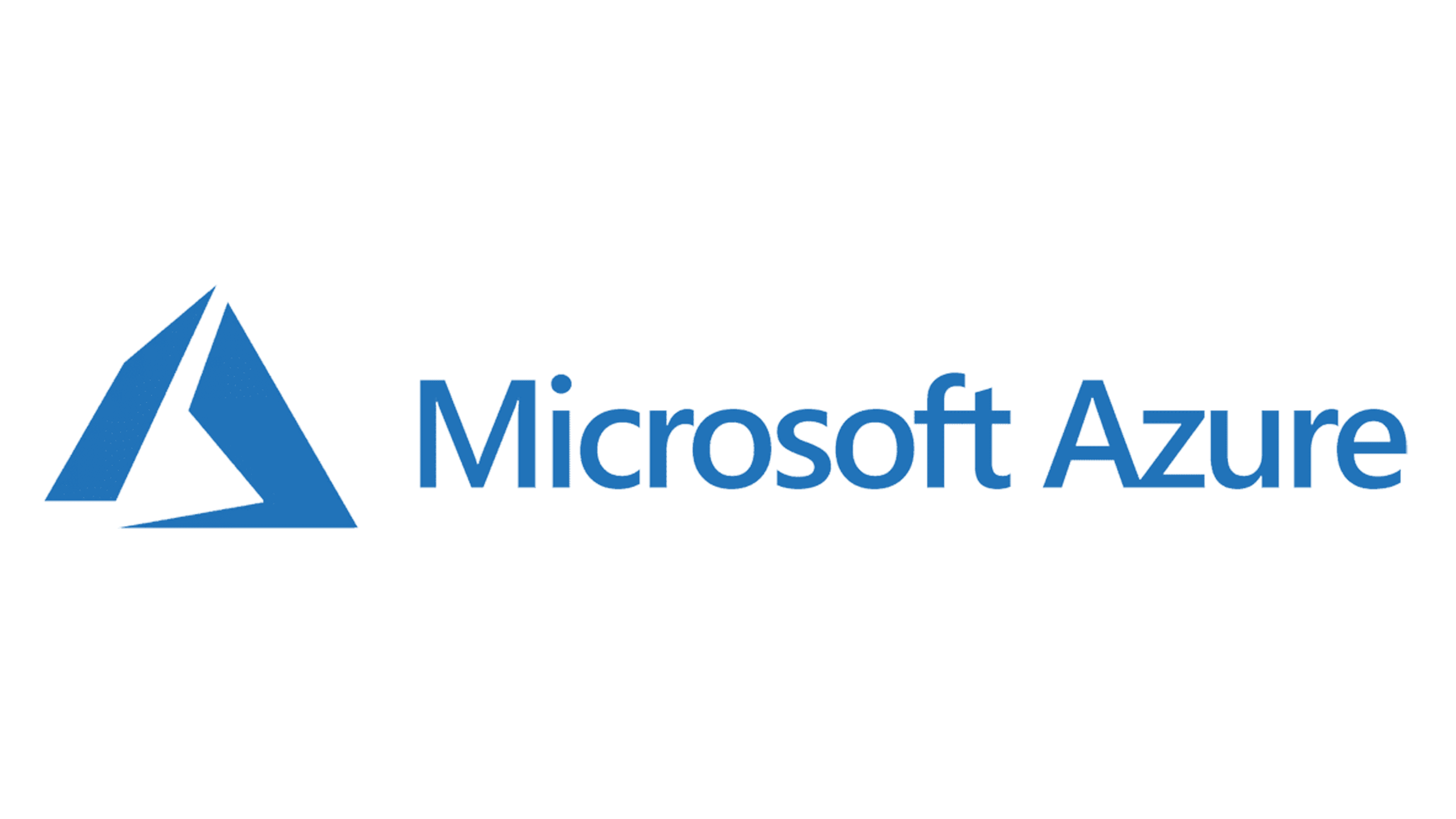Arini Compliance
Arini Compliance is continuously monitoring its overall security posture.
See compliance
Resources
Privacy Policy
Terms & Conditions
Subprocessors

Amazon Web Services
Cloud infrastructure, security, and data storage.

Microsoft Azure
HIPAA compliant machine learning models

Kolla
Industry leading practice management system integration software
Monitoring
Continuously monitored by Secureframe
Compliance
HIPAA
Our HIPAA compliance continually monitored and validated by Secureframe. These assessments ensure that we meet the most stringent guidelines.